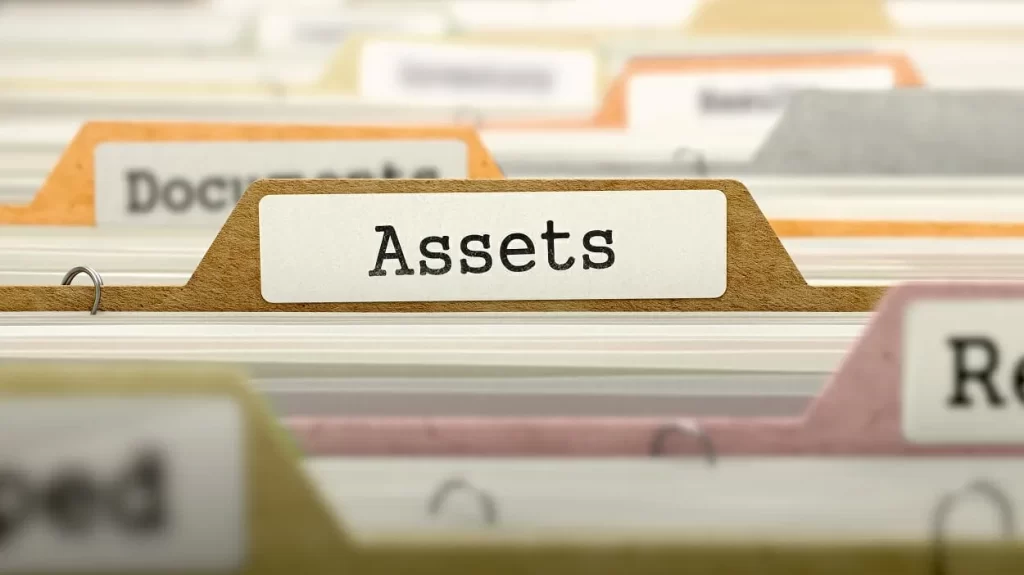Asset valuation
The value of an asset is determined by several factors, including supply and demand, the asset’s intrinsic characteristics, market conditions, and economic indicators. The most important factor in determining the value of an asset is the interaction between buyers and sellers in the marketplace. When there is a high demand for an asset and a limited supply, the price of the asset will generally increase. Conversely, when there is a low demand for an asset and a large supply, the price of the asset will generally decrease. Other factors that can influence the value of an asset include interest rates, inflation, government policies, and the overall health of the economy.
The value of an asset is a complex concept influenced by a multitude of factors, ranging from market conditions to intrinsic characteristics. Whether it’s real estate, stocks, bonds, or commodities, understanding what drives the value of an asset is essential for investors, businesses, and policymakers alike. The key factors that determine the value of an asset:
1. Supply and Demand Dynamics:
Perhaps the most fundamental driver of asset value is the interplay between supply and demand in the market. When demand exceeds supply, prices tend to rise, driving up the value of the asset. Conversely, when supply outstrips demand, prices typically fall, leading to a decrease in asset value.
2. Market Sentiment and Investor Behavior:
Investor sentiment and behavior play a significant role in shaping asset prices. Factors such as investor confidence, market speculation, fear, and greed can influence buying and selling decisions, causing asset prices to fluctuate independently of their intrinsic value.
3. Economic Fundamentals:
Economic factors such as GDP growth, inflation, interest rates, employment levels, and consumer spending can impact asset values across various asset classes. Strong economic fundamentals often lead to higher asset prices, reflecting optimism about future returns and growth prospects.
4. Cash Flow and Earnings Potential:
For income-producing assets such as stocks, bonds, and real estate, cash flow and earnings potential are critical determinants of value. Investors typically assess the present value of expected future cash flows or earnings streams to determine the intrinsic value of an asset.
5. Scarcity and Rarity:
Assets that are scarce or rare often command higher prices due to their limited availability and perceived value. This is particularly true for collectibles, rare artworks, vintage cars, and other unique items that appeal to collectors and enthusiasts.
6. Market Liquidity:
Liquidity refers to the ease with which an asset can be bought or sold without significantly impacting its price. Highly liquid assets, such as blue-chip stocks and government bonds, tend to have higher values than illiquid assets due to their ease of trading and lower transaction costs.
7. Regulatory Environment:
Government regulations, tax policies, and legal frameworks can have a significant impact on asset values. Changes in regulations or tax laws may affect investor behavior, market sentiment, and the perceived value of certain assets.
8. Technological and Innovation Trends:
Advances in technology and innovation can create new opportunities and disrupt traditional industries, influencing the value of assets. Assets that are aligned with emerging trends and technologies may experience increased demand and higher valuations.
For more information to visit https://www.mca.gov.in
Conclusion
The value of an asset is a multifaceted concept shaped by a myriad of factors, including supply and demand dynamics, market sentiment, economic fundamentals, cash flow, scarcity, liquidity, regulatory environment, and technological trends. Understanding these factors and their interrelationships is essential for investors, businesses, and policymakers seeking to assess, manage, and maximize the value of their assets in an ever-evolving market landscape. By recognizing the diverse drivers of asset value, stakeholders can make informed decisions and navigate market fluctuations with confidence and clarity.
FAQs
1.What is asset valuation?
Answer: Asset valuation is the process of determining the worth or value of an asset, such as property, equipment, or investments.
2. What factors influence asset value?
Answer: Factors include market demand, condition of the asset, location (for real estate), and economic conditions.
3. How does market demand affect asset value?
Answer: High demand for an asset can increase its value, while low demand can decrease it.
4. Why is the condition of the asset important?
Answer: An asset in good condition will generally be worth more than one that is damaged or outdated.
5. What role does location play in asset valuation?
Answer: For real estate, location can significantly impact value; properties in desirable areas tend to be worth more.
6. How do economic conditions affect asset value?
Answer: Economic factors, like inflation and interest rates, can influence overall market values and purchasing power.
7. What is the income approach to asset valuation?
Answer: The income approach estimates value based on the income an asset can generate over time, often used for rental properties.
8. What is the cost approach to asset valuation?
Answer: The cost approach values an asset based on the cost to replace or reproduce it, minus depreciation.
9. How does comparable sales impact valuation?
Answer: Comparing similar assets that have recently sold helps determine a fair market value for an asset.
10. Can subjective factors affect asset value?
Answer: Yes, subjective factors like brand reputation, emotional attachment, or unique features can also influence an asset’s value.
For further details access our website https://vibrantfinserv.com

